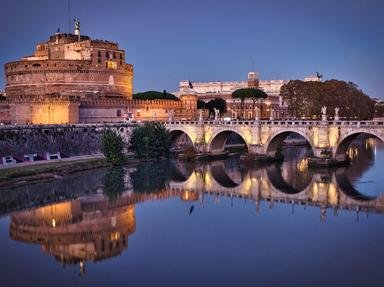Quiz Answer Key and Fun Facts
1. Thinis - Memphis - Thebes - Akhetaton - Tanis - ?
2. Assurnasirapli - Tiglathpiliser III - Sargon II - Sennacherib - Esarhaddon - ?
3. Balts - Slavs - Indians - Persians - Medes - Armenians - ?
4. Xia - Shang - Western Zhou - Eastern Zhou - Qin - Western Han - ?
5. Genesis - Exodus - Leviticus - Numbers - ?
6. Massilia - Olbia - Himera - Neapolis - Potidaea - Apollonia - Odessus - Tomis - Dioscurias - Sinopa - ?
7. Granicus - Issus - Tyre - ?
8. Quaestor - Curulian Aedil - Censor - Praetor - Consul - ?
9. Crassus - Caesar - ?
10. The Great Pyramid of Giza - The Hanging Gardens of Babylon - The Statue of Zeus at Olympia - The Mausoleum of Halicarnassus - The Pharos of Alexandria - The Collosus of Rhodes - ?
Source: Author
Mr5
This quiz was reviewed by FunTrivia editor
Beatka before going online.
Any errors found in FunTrivia content are routinely corrected through our feedback system.
